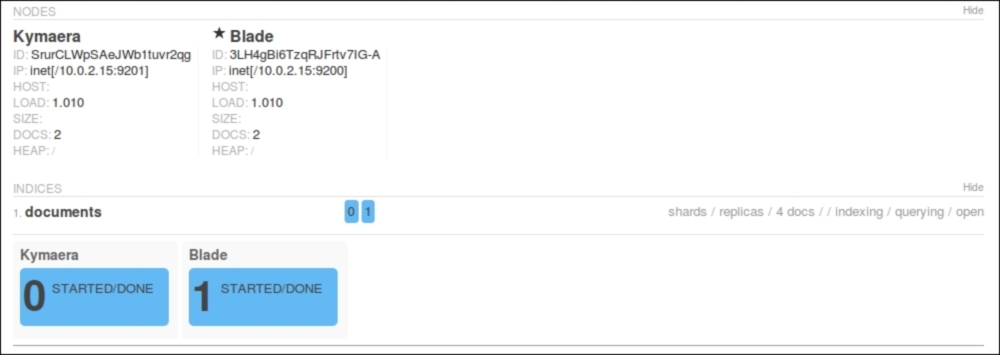Query execution preference
Let's forget about the shard placement and how to configure it—at least for a moment. In addition to all the fancy stuff that Elasticsearch allows us to set for shards and replicas, we also have the possibility to specify where our queries (and other operations, for example, the real-time GET) should be executed.
Before we get into the details, let's look at our example cluster:

As you can see, we have three nodes and a single index called mastering. Our index is divided into two primary shards, and there is one replica for each primary shard.
Introducing the preference parameter
In order to control where the query (and other operations) we are sending will be executed, we can use the
preference parameter, which can be set to one of the following values:
_primary: Using this property, the operations we are sending will only be executed on primary shards. So, if we send a query againstmasteringindex with the preference parameter set to the_primaryvalue, we would...



























































